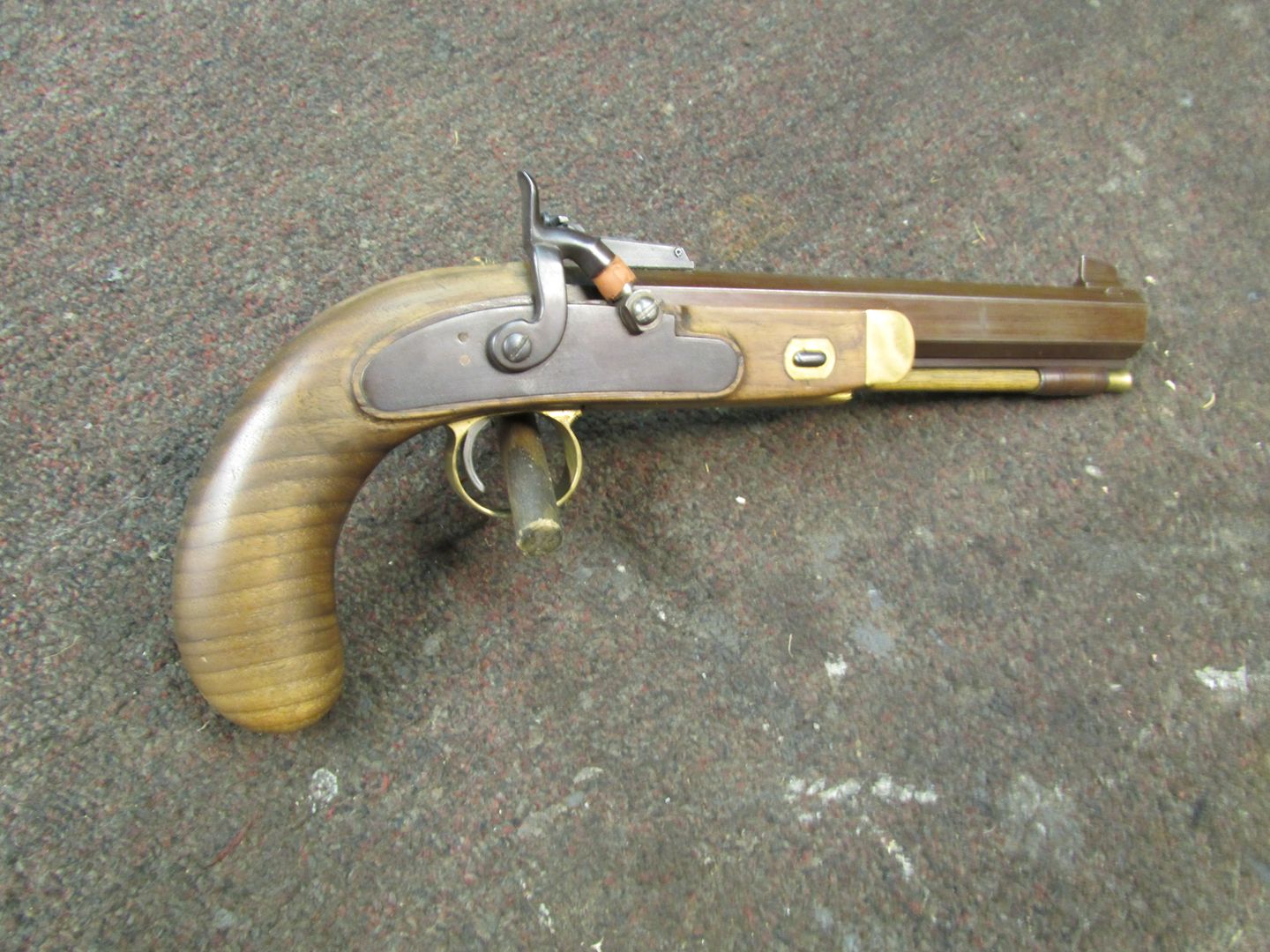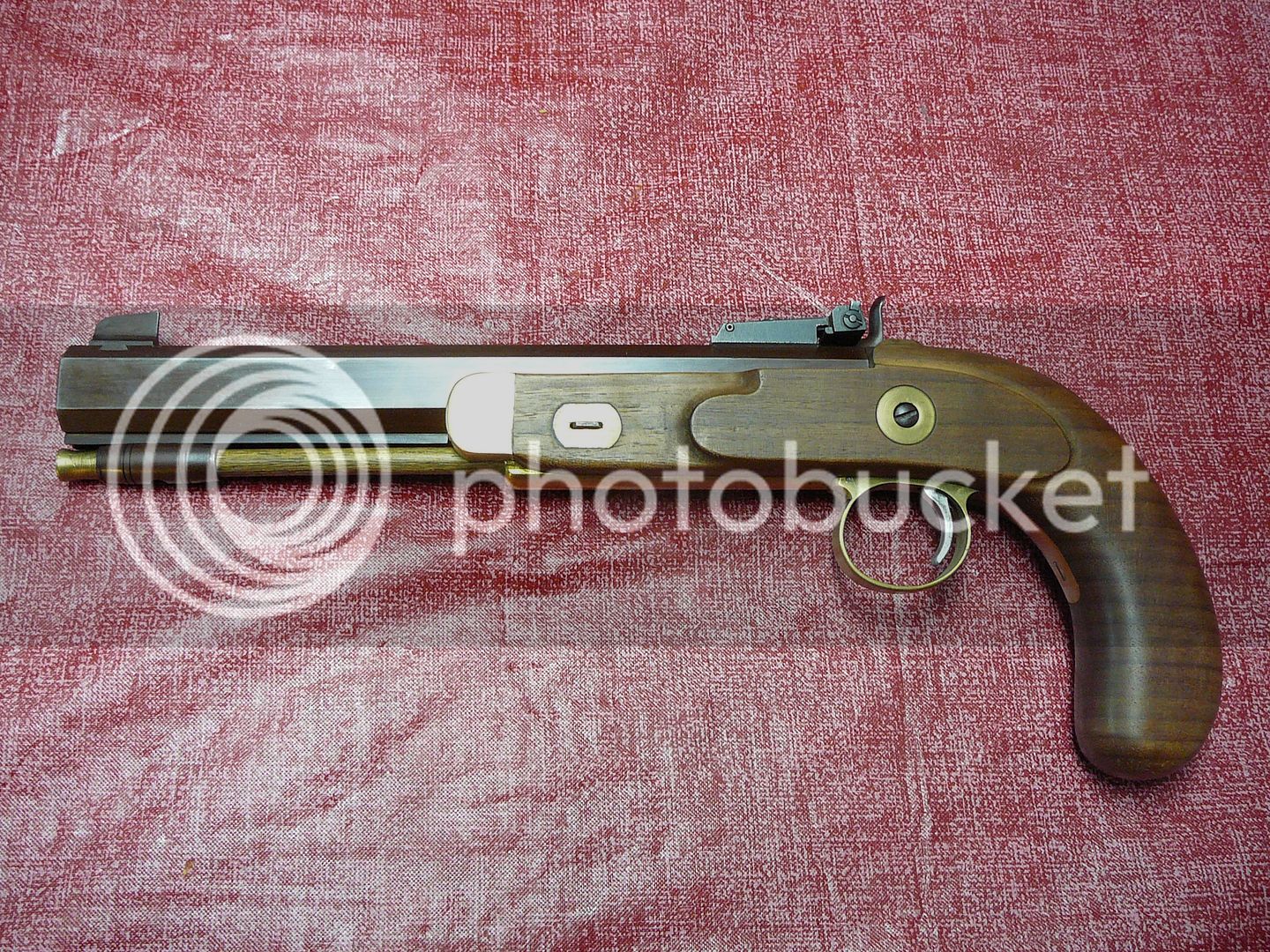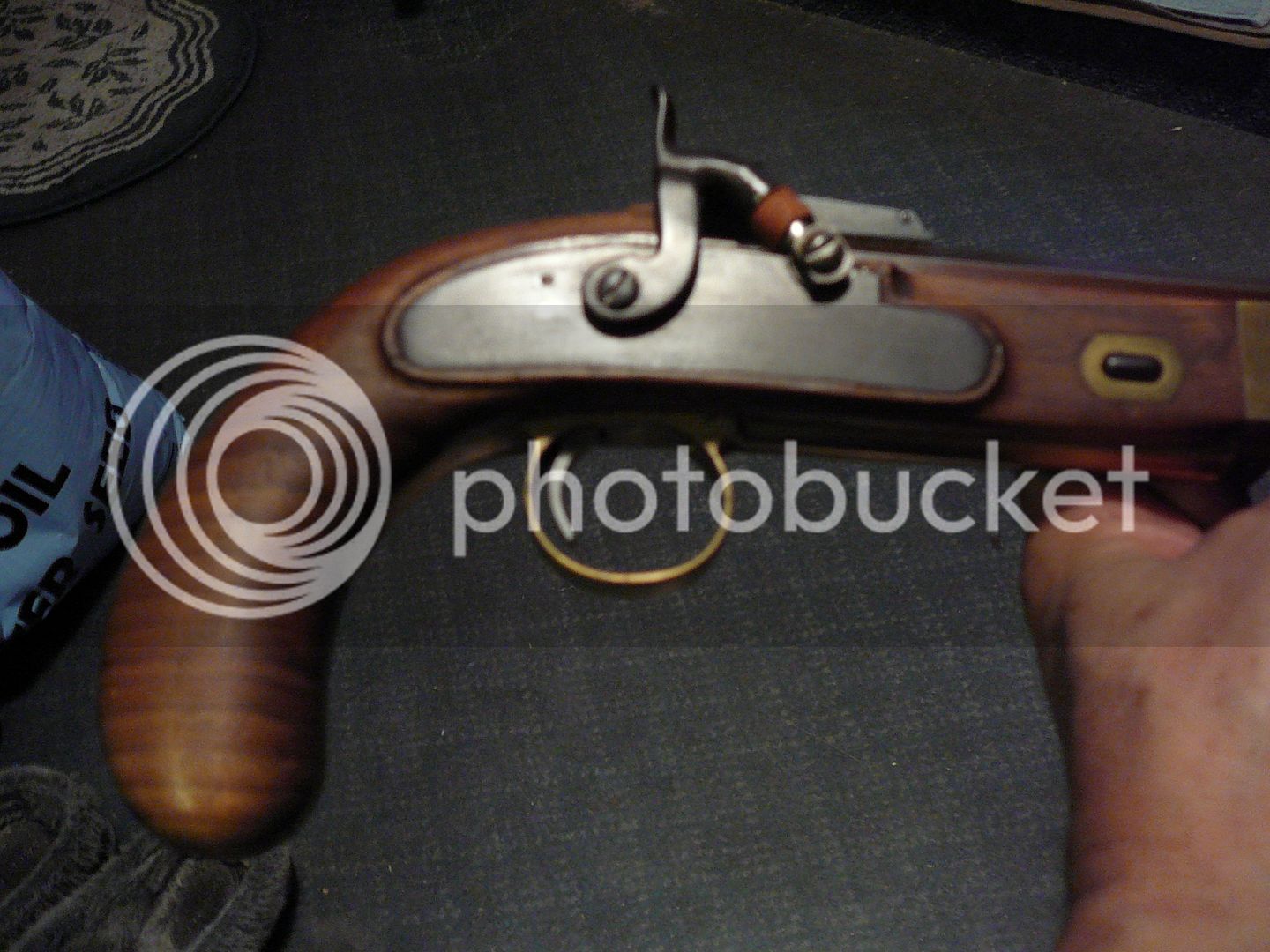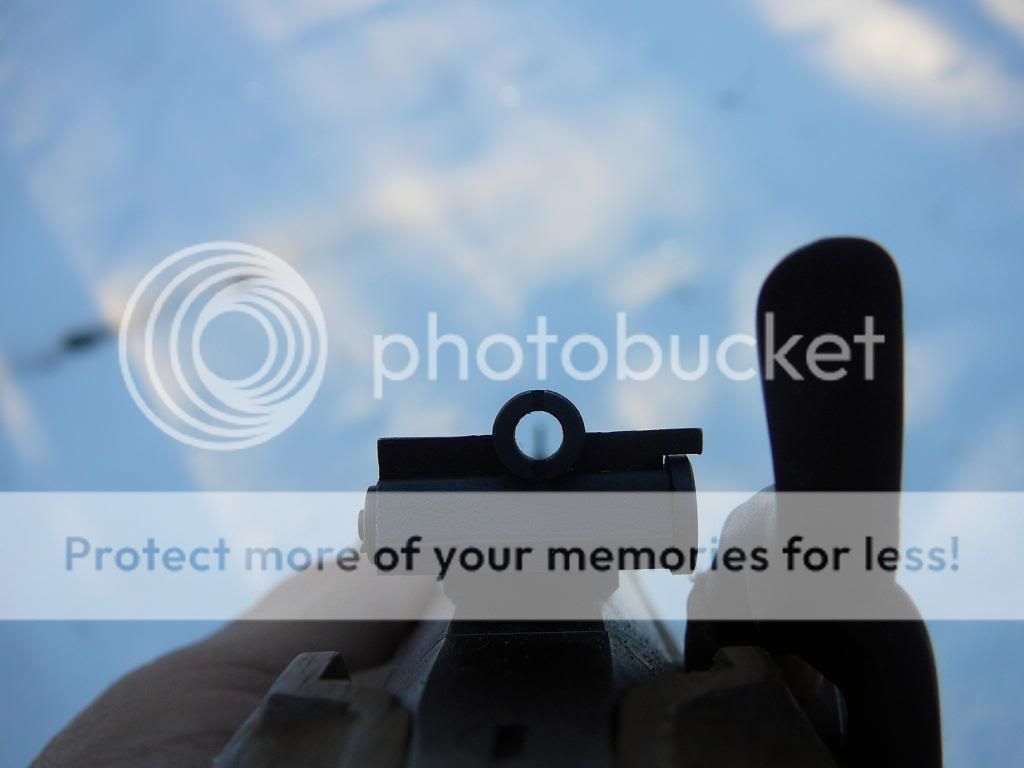- Joined
- Dec 25, 2011
- Messages
- 8,797
- Reaction score
- 3,791
I've never owned one of these guns but liked the design the first time I laid eyes on it.
The rear sight is very simple and clever and the over all lines pleasing to look at.
It looks alike a flame case. How did you do the job?
The rear sight is very simple and clever and the over all lines pleasing to look at.
It looks alike a flame case. How did you do the job?












